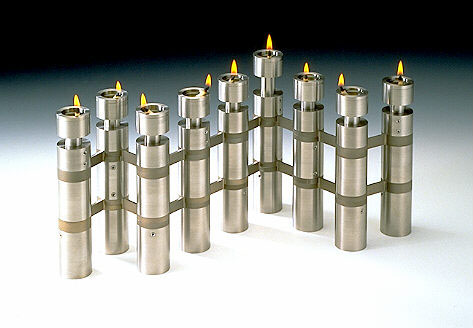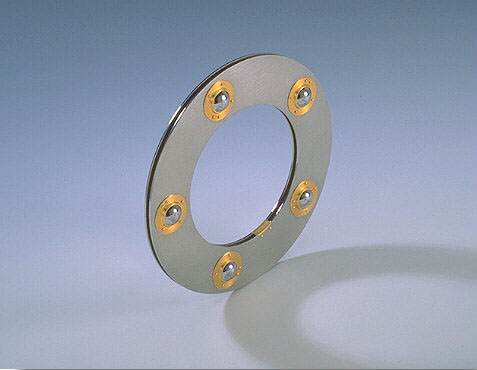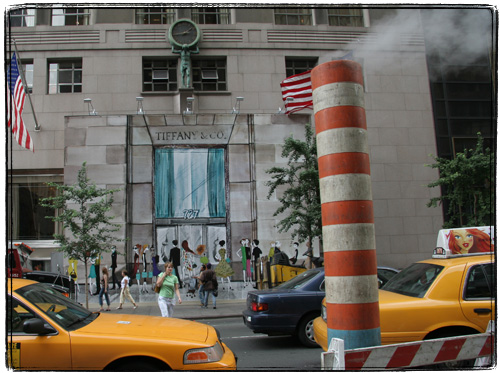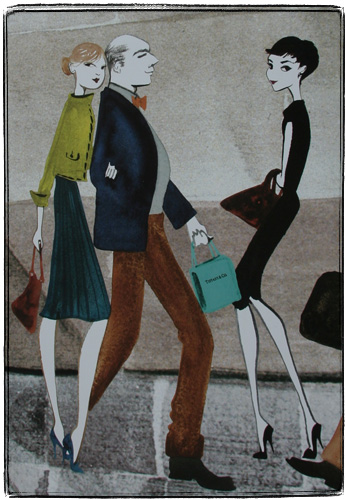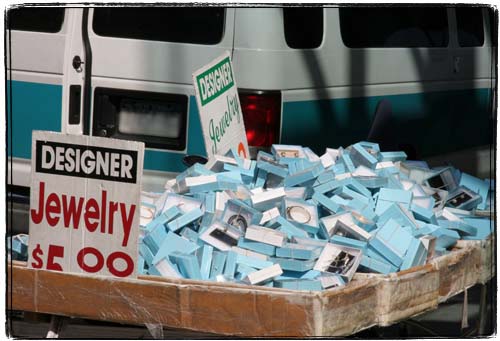I decided to do a little series about amazing craftsmen I’ve learned about on the Internet.
I think of myself as a of a tradesman. I work right next to the jewelry district, but my work is less refined. I’m more of a plumber. A very neat and sometimes even artistic plumber, but a plumber nevetheless. Web develpment is like that. Web developers sometimes fancy themselves architects and artists, but almost never are. We are all engineers and craftsmen though, and as such can appreciate work of other craftsmen.
Once, looking for a titanium menorah, of all things, I found a website of Abrasha. Even though he does not list his prices, I clearly can’t afford his work. I’ll have to fashion my own titanium menorah, out of titanium tubing, like a jedi knight building his(or her) lightsabre.
While I was browsing about, I watched an amazing video that he has on the website. In it, he says:
“People call me a jeweler, I don’t. I call myself a goldsmith. To me a jeweler is a merchant, a person who buys and sells jewelry. I don’t. I design and make jewelry as it was done hundreds of years ago. I feel myself almost like a modern day fetish maker or a shaman, people come to me personally and get my work for other reasons than they get work at Tiffany’s or Macy’s or through a catalog. There’s a quality of my work that speaks to people.”
Boy, is he right. His work speaks, and it speaks directly to me. There are just so many things that are resonating with me: he is working on a series of 100 pins, just like I work on my 100 Views of the Empire State Building. He uses titanium and other unobtanium, which is a minor obsession of mine. He is inspired by Japanese art. He pays attention to the parts of his work that nobody will ever see, just like I always try to.
I highly suggest that you watch the video and look through the slideshow of Abrasha showing the process of making jewelry. This is pure engineering erotica. In particular, the slideshow for making the Pachinko Ball Bracelet is amazingly clever. I especially liked the part closer to the end where he makes the gold rivets line up. The gold rivets are my favorite feature of his work – I love elements of construction that are both structural and decorative at the same time.
